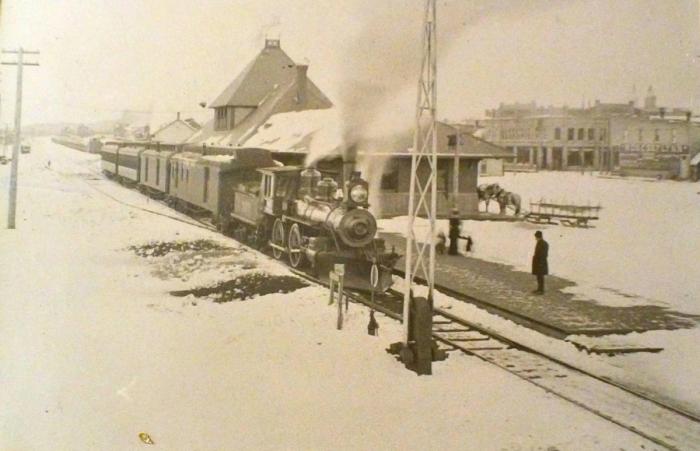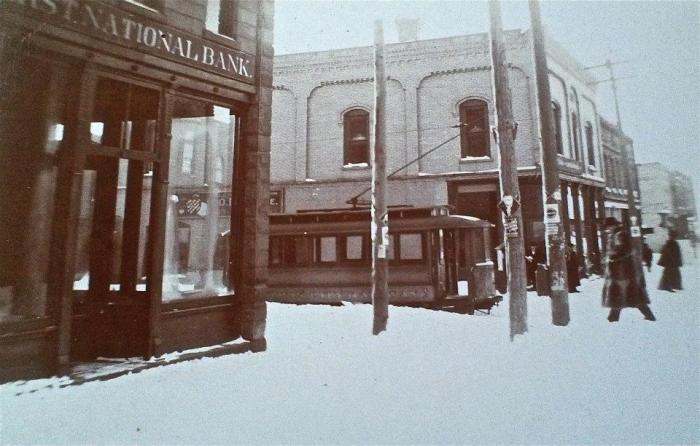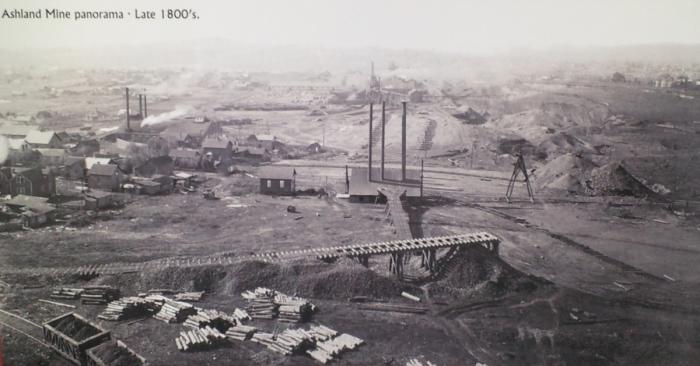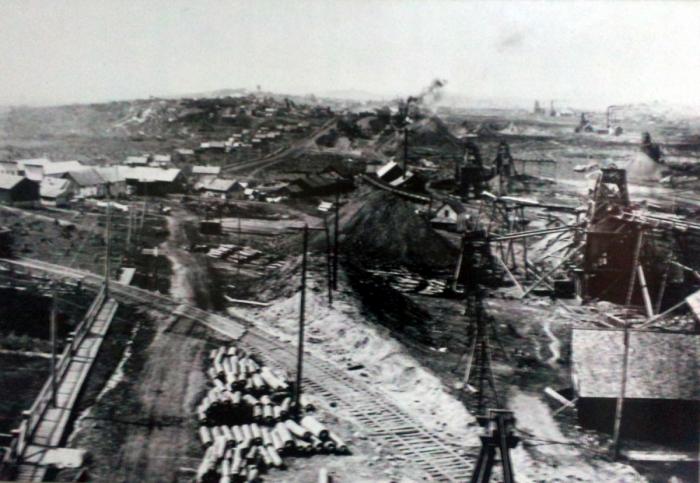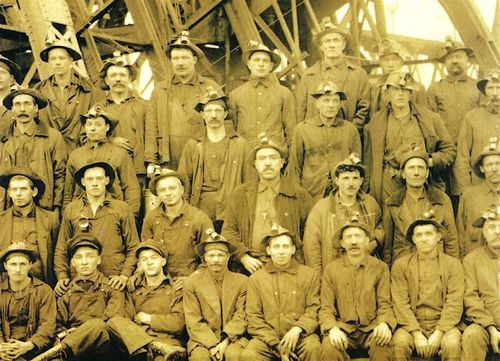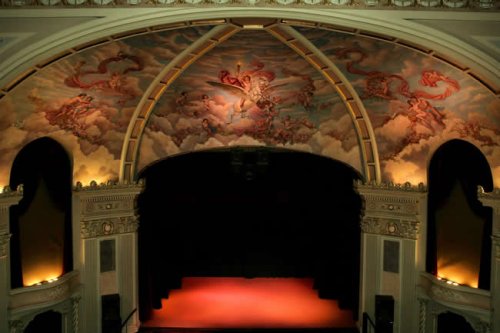History of Ironwood
Ironwood 1886
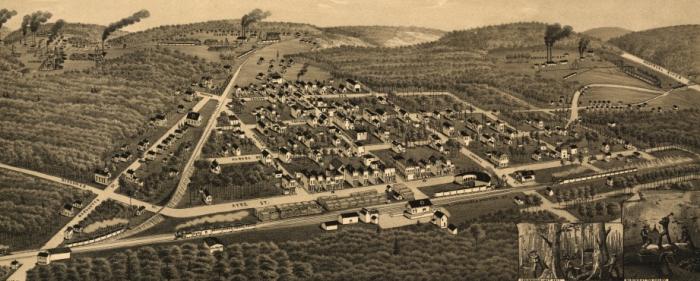
Ironwood was founded and prospered as a mining town. Mining prospectors made camp along the Montreal River near what is now Ironwood in 1871 and again in 1882. In 1882, Ironwood’s namesake, James “Iron” Wood made a test pit at the site of what would later become the Ashland Mine, and then discovered the very large iron ore deposit at the future Norrie Mine. The Norrie Mine was named after A. Lanfear Norrie who was with the Wood’s party and whose father had funded the prospecting expedition. Ironwood developed rapidly after the railroad was constructed through the settlement in 1884. Ironwood was incorporated in 1889. By 1891, there were six mines operating in Ironwood including the Ashland, Aurora, East Norrie, Newport, Norrie, and Pabst with over 3,000 men working in these mines. In the 1890 census, Ironwood had a population of 7,745. In 1920 the population had doubled with 15,739 people.
The mines attracted a diverse immigrant population. The 1920 census found that over 37% of Ironwood residents were immigrants, and over 90% of the population had at least one parent who was born outside the U.S. In 1920, around 25 percent of Ironwood’s immigrants had been born in Finland. The other most common native nationalities of Ironwood’s immigrants were Swedish, Polish and English.
During the 1920s the mines began to close for a combination of reasons including the cost of the deep underground mines, the improved techniques for purifying taconite for iron ore in open pit mines elsewhere, and the decrease in demand for iron during the Great Depression. One other contributing factor was the subsidence of the ground, which created deep pits near the surface. Since Ironwood grew up around the mines, some homes were impacted by the caving-in ground. More homes would need to be taken down if mining continued in some of the mines. In the mid-1930s, a plan was created to relocate the people from over 400 homes so that the subsidence problem would not hinder iron ore production. Although a much smaller scale resettlement project did occur, the mines closed in any case. The last iron mine in the City of Ironwood closed in 1965. Mining continued to be an employer in the region until 1995 when the White Pine Mine closed. Ironwood decreased in size significantly during each decade since the 1930 census. By the 2010 census, Ironwood’s population was 5,387 people, which is nearly one-third of the population of 1920.
Winter sports have played an important role in Ironwood’s history. Given that Ironwood is located in the “snow belt” of Lake Superior, the annual snow is relatively high. In addition, Ironwood is within the Gogebic Range of hills that are steep and of a relatively high altitude for the Midwest region. Early in Ironwood’s history, ski jumping became a popular past time of the local community.
Railroad and the Ironwood Depot
Once the Milwaukee, Lake Shore, and Western Railway Company built a new railway line in late 1884 through Ironwood, the town grew quickly. Trains brought in supplies, allowed efficient shipping of the iron ore, and brought in workers.
The Ironwood Depot was built in 1892. Passenger service ended in the 1970s. The railroad tracks are gone now. In their place is a snowmobile trail. The Ironwood Depot is now the office of the Ironwood Chamber of Commerce and a museum maintained by the Ironwood Area Historical Society.
Streetcars
Between 1890 and 1932 streetcars connected the communities of Gile, Hurley, Ironwood, and Jessieville. In 1915, the streetcar rail system extended all the way to Bessemer.
Ironwood Area Historical Society
Old Depot Museum
150 North Lowell
Ironwood, MI. 49938
(906) 932-1122
Organized in 1970.
The volunteer non-profit organization is a member of the Michigan Historical Society.

